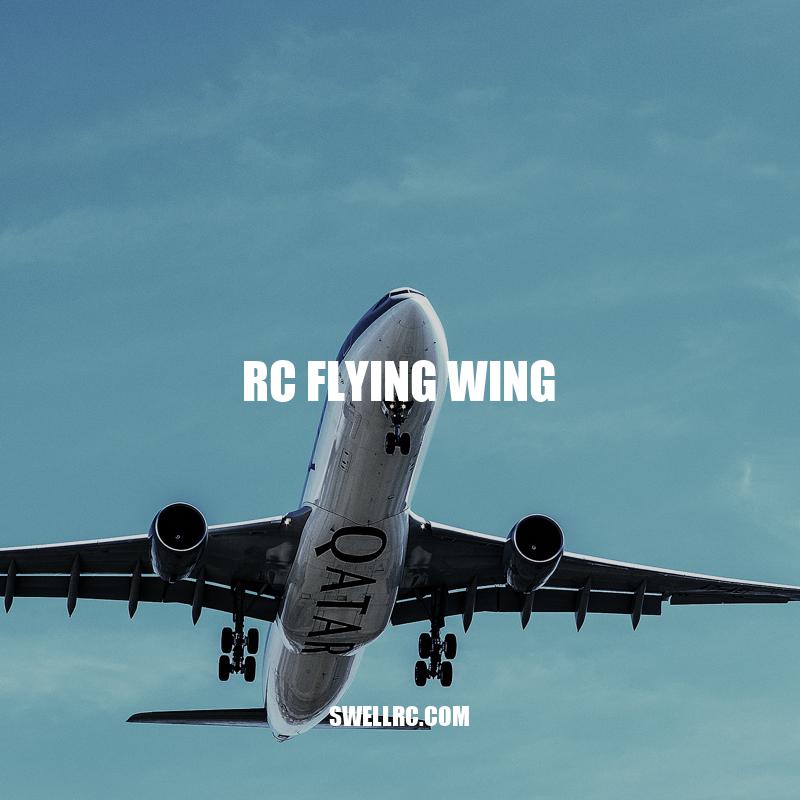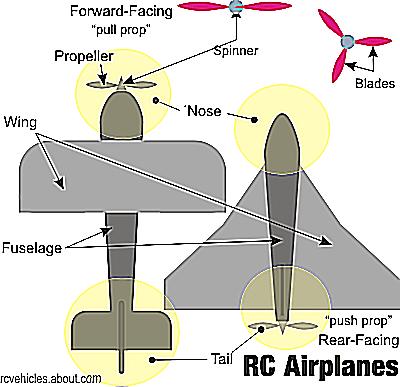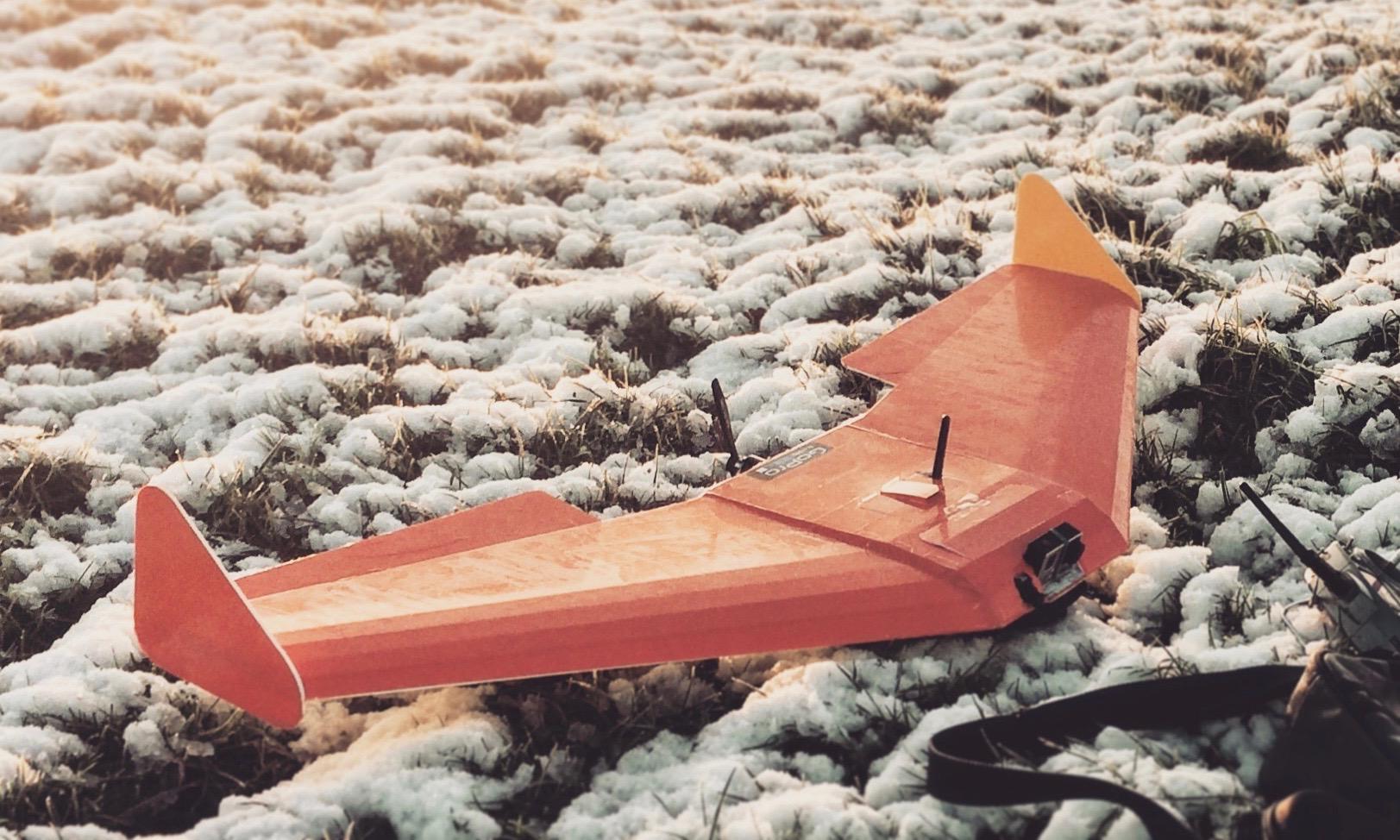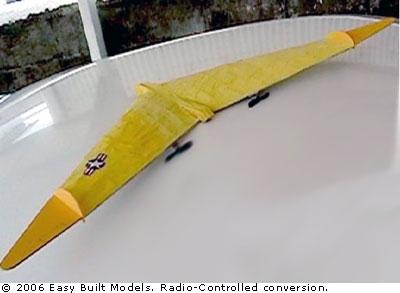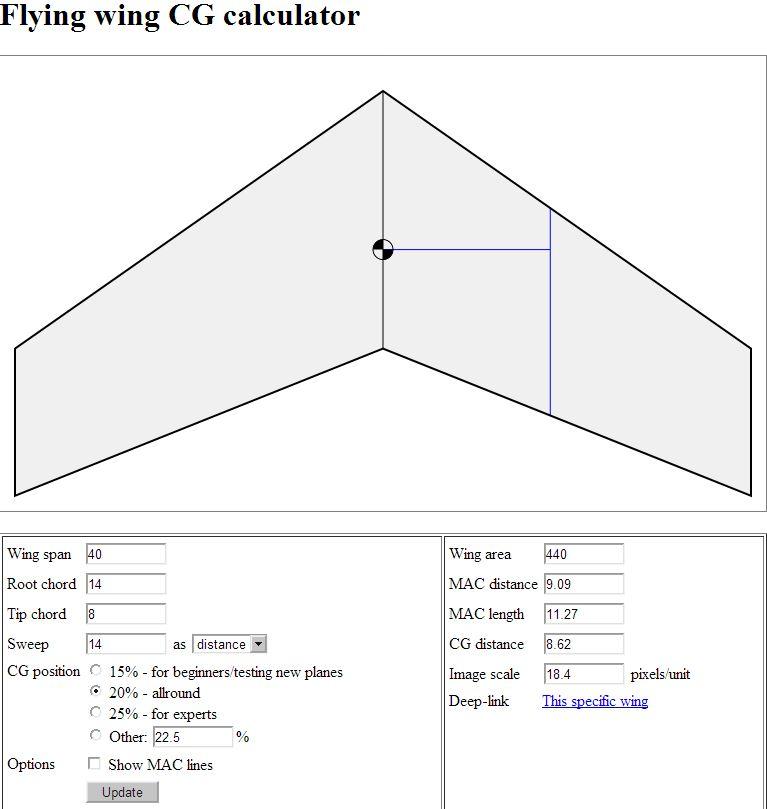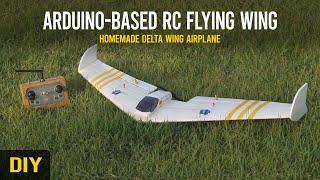Mastering RC Flying Wings: Building, Flying, and Upgrades
An RC Flying Wing is a type of remote-controlled aircraft that has gained popularity among hobbyists in recent years. Unlike traditional RC planes, flying wings are characterized by their unique shape, where the wing functions both as the lifting surface and the main body of the aircraft. Flying wings have a long and rich history, with the first successful prototype being the German Horten H.IV in the 1940s. In this article, we will discuss the anatomy of an RC Flying Wing, its pros and cons, how to build and fly one, and recommended modifications and upgrades.
RC Flying Wing Components Overview
- The anatomy of an RC Flying Wing includes:
- Wings: Spanning the length of the wing, the main lifting surface of the aircraft is generally constructed out of a foam core with a covering of fiberglass, carbon fiber, or even tape.
- Motor: As electric motors have become more prevalent in RC airplanes, the motor is usually placed in the middle or back of the wing.
- Servos: These small devices move the control surfaces located on the trailing edge of the wings to change the direction of the plane.
- Receiver: Connects to the remote control and receives signals from the pilot to control the servos and motor.
- In RC Flying Wing:
- The wing one of the most important parts of the aircraft as it is the main lifting surface and contributes to the wing’s structural integrity.
- The motor provides the necessary thrust that propels the flying wing through the air.
- Servos allow for the control surfaces to move, which enables the pilot to adjust the plane’s speed and direction of flight.
- The receiver is responsible for translating the pilot’s inputs from the remote control into mechanical movements that control the aircraft.
- It’s important to understand each of the components and how they work together to control the aircraft. In the following section, we will discuss the advantages and disadvantages of RC Flying Wings as compared to traditional RC planes.
What are the advantages and disadvantages of RC Flying Wings compared to traditional RC planes?
Advantages of RC Flying Wings include better aerodynamics, faster speed and maneuverability, and simpler construction. Disadvantages include reduced stability and difficulty in controlling during slow flight.
Advantages of RC Flying Wings
- Advantages of RC Flying Wings:
- While flying wings might lack in stability as compared to traditional designs, they make up for this in their simplicity and speed.
- Due to their thin profile and lack of a bulkier fuselage, flying wings are faster and more efficient in the air, making them popular for flying sports, such as FPV racing and slope soaring.
- Ultimately, the decision to fly an RC Flying Wing over the traditional RC airplane comes down to personal preference and the intended purpose of the aircraft.
| Pros | Cons |
| Simple construction and design | Less forgiving in crashes because of the lack of fuselage structure |
| Efficient aerodynamics lead to long and stable flights | Minimal space for equipment and components, limiting the payload carrying capacity |
| Less moving parts, requiring less maintenance | Necessity for precise assembly and balancing of components to achieve stable flight |
| Minimal drag from a streamlined design usually means less power is needed to maintain flight | Potential for stall and spin tendencies if not flown properly |
What is the difference between a flying wing and a traditional RC airplane?
The main difference between a flying wing and a traditional RC airplane is that a flying wing lacks a distinct fuselage and tail, with all control surfaces built into the wings themselves.
Building an RC Flying Wing: Kit or DIY?
- The basic steps of building an RC Flying Wing:
- Design your RC Flying Wing using a free computer-aided design (CAD) program, such as Fusion 360.
- Print out several copies of the plans and glue them onto foam board or Depron foam.
- Cut out the wings and other components using a hot wire cutter or retractable knife.
- Sand the edges of the foam to create a smooth finish.
- Assemble the components, including installing the servos, motor, and receiver.
- Add the control surfaces, such as ailerons and elevons, and connect them to the servos.
- Balance the aircraft and adjust the control surfaces to ensure stable flight.
What resources are available online for building an RC flying wing?
There are several online resources available for building an RC flying wing, including instructional videos, forums, and websites dedicated to RC aircraft building.
Tips for Flying an RC Flying Wing
- To successfully fly an RC Flying Wing, follow these steps:
- Choose a large, open area away from obstacles and people.
- Perform pre-flight checks on all components to ensure they are secure and in working order.
- Launch the flying wing into the wind using an underhand throw.
- Use the control surfaces to steer the aircraft, maintaining altitude and speed.
- Practice basic maneuvers, such as banking, turns, and loops.
- Gradually increase the complexity of maneuvers as proficiency improves.
- Be aware of your surroundings during flight and avoid crashing into obstacles or people.
What resources are available for learning how to fly an RC Flying Wing?
There are online tutorials, instructional videos, flight manuals, and local RC flying clubs/communities that can provide guidance and support for learning how to fly an RC Flying Wing.
Upgrade and Improve Your RC Flying Wing
- Customizations and upgrades can be made to improve the performance and handling of an RC Flying Wing.
- Some recommended modifications include:
- Adding additional LEDs for better visibility during low-light flying.
- Swapping out the motor for a higher-powered option to increase speed and lift capacity.
- Using a different type of battery for longer flight times.
- Installing a flight stabilization system to assist with control and prevent crashes.
- Adding a camera or tracking device to the flying wing for aerial photography or to locate a lost aircraft.
- There are numerous online retailers that specialize in RC Flying Wing parts and upgrades, including HobbyKing, FliteTest, and HorizonHobby.
Where can I purchase parts and upgrades for my RC Flying Wing?
You can purchase parts and upgrades for your RC Flying Wing from online hobby stores, such as HobbyKing and Horizon Hobby.
Conclusion
In conclusion, RC Flying Wings are an exciting and fun hobby for pilots of all experience levels. These planes offer a unique challenge with their wing-dominant design, but with proper building and flying techniques, they can provide a thrilling and rewarding experience. From building your own flying wing to customizing and upgrading it, there are many ways to make your RC Flying Wing truly your own. With a wide range of online retailers offering parts, upgrades, and kits, it’s easier than ever to explore this exciting hobby. Whether you’re looking for a relaxing afternoon of flying, or you’re interested in aerial photography or racing, RC Flying Wings are a great addition to any pilot’s collection. So, go ahead and take to the skies with your very own Flying Wing today!

